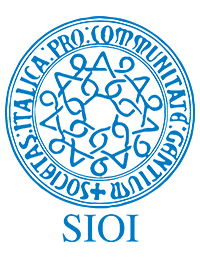It wasn’t long ago that many U.S. government officials and China experts still clung to the idea that Chinese innovation was mostly based on copying U.S. methods and technology. To some extent, they weren’t entirely wrong. As the analyst Arthur Kroeber argues in China’s Economy, Chinese firms are good at “adaptive innovation”—the concept of “taking existing products, services, or processes and modifying them to make them more receptive to China’s economic and military needs.” So when China’s People’s Liberation Army unveiled its J-20 stealth fighter in 2011, it caused an uproar in U.S. defense circles because of its similarity to American equivalents and seemed to confirm the perception of China as reliant on copying the work of others. Indeed, whether by theft or forced transfer, the acquisition of foreign intellectual property has served as a key component of China’s technological forward march.
Beijing’s ‘re-innovation’ strategy is key element of U.S.-China competition (brookings.edu)



